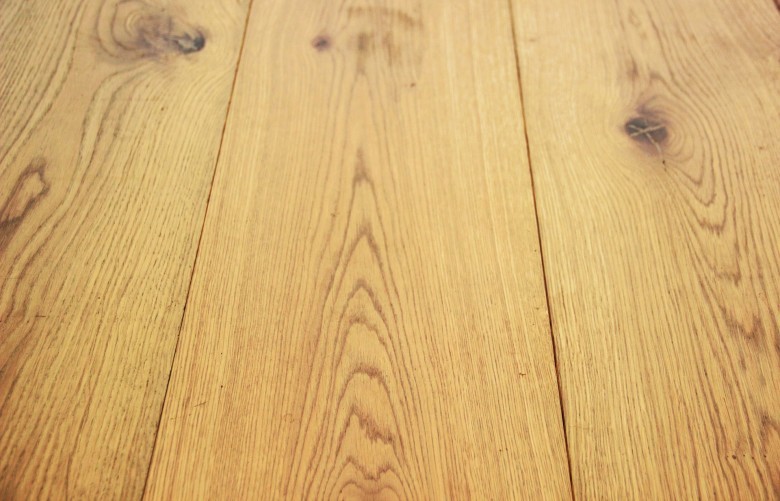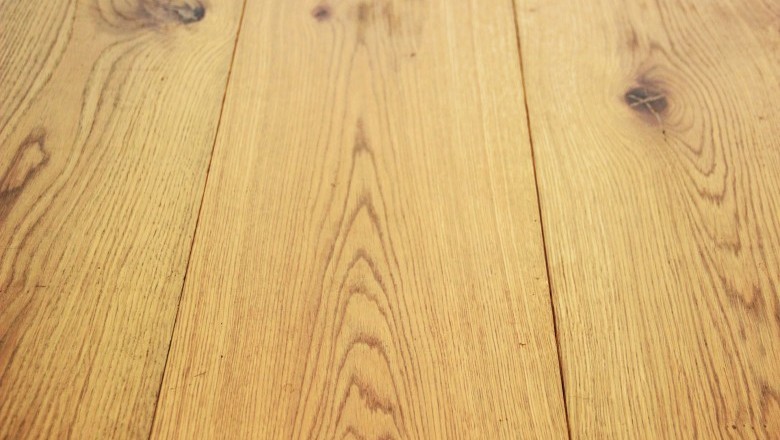
Timber flooring versus tile flooring
The challengeThe timber flooring versus tile flooring debate rages amongst enthusiasts. However awareness of some of the following facts when building or renovating your home will no doubt clear some of the confusion and make your decision easier, and better!What youll learn Timber floors have pros and consTiles or other non-timber optionsClassic structural floorsWhat are floating timber floors?Some timber flooring tipsHow to choose the best woodThe timber flooring consWe must begin with the important issue which faces the entire earth and mankind with imminence:Natural resources are being depleted, greenhouse gases fill the atmosphere and desertification due to deforestation is rife.Its at this point that you must realise: Timber flooring is made of out trees!While this is a point on the board for tiles which are generally made from non-precious resources, there is an option for the responsible earthling who loves the soft glow of polished timber floors:Choose flooring certified as coming from sustainably managed plantations. Better yet, use recycled timber! This adds a beautiful element of character to your home and the pleasure of knowing youve supported both the environment and future of our children.(In fact, dont buy anything unless its truly Green!)The timber flooring prosWhen installed by a
timber flooring professional, likely one registered with the Australian Timber Flooring Association, wooden floors create a non-allergenic environment. This is essential to the health of some youngsters today (not to mention us as well!) and is a score for timber over tiles as grouting does not age well and is harder to finish non-allergenically around architrave and skirting.Another long-term trend which is a pro for the timber flooring camp is the fact of added value to your home. Homes renovated with elegant timber flooring have consistently taken on substantial value and this trend is a long term pattern over decades, no mere fad.
Classic structural floors Having timber floorboards laid on bearers or joists of your house foundation is the classic style of structural flooring.
The boards range usually from 100 to 150mm wide and most often implement a tongue and groove locking mechanism.While timber boards can be as thick as 30mm, the standard thickness is 19mm.Various tree species are used (youve surely heard of brush box and jarrah) however the serious renovator can have their wood oven tested before use to determine suitability.
What are floating timber floors? This is a builders term for floors laid over the existing solid floor. So the timber floor floats on an underlay, without being nailed to the original structural flooring.One advantage of this style is that any movement in your floor is less likely to cause gaps in between the boards.The floating style also allows for the use of faux timber boards, which is an affordable option still offering the ambience and color of timber flooring.
The conclusion is yours With pre-conceptions and misconceptions aside, you are now in a better position to decide between timber and tile floors. A mix of both in a home is often appealing, and allows you to place your choices according to room use. For instance, tiles in a laundry offer the durability and appropriate aesthetics for a room which is not usually lounged in. Just make sure theyre non-slip tiles!--Paul Vincent was born on
timber flooring. Hes even done some
wood flooringoven testing. However you know hes not bias because he's Italian, and they love their tiles! His father was a tiler and grout is in his blood. So see what he comes up with in reviewing this age-old debate.






















